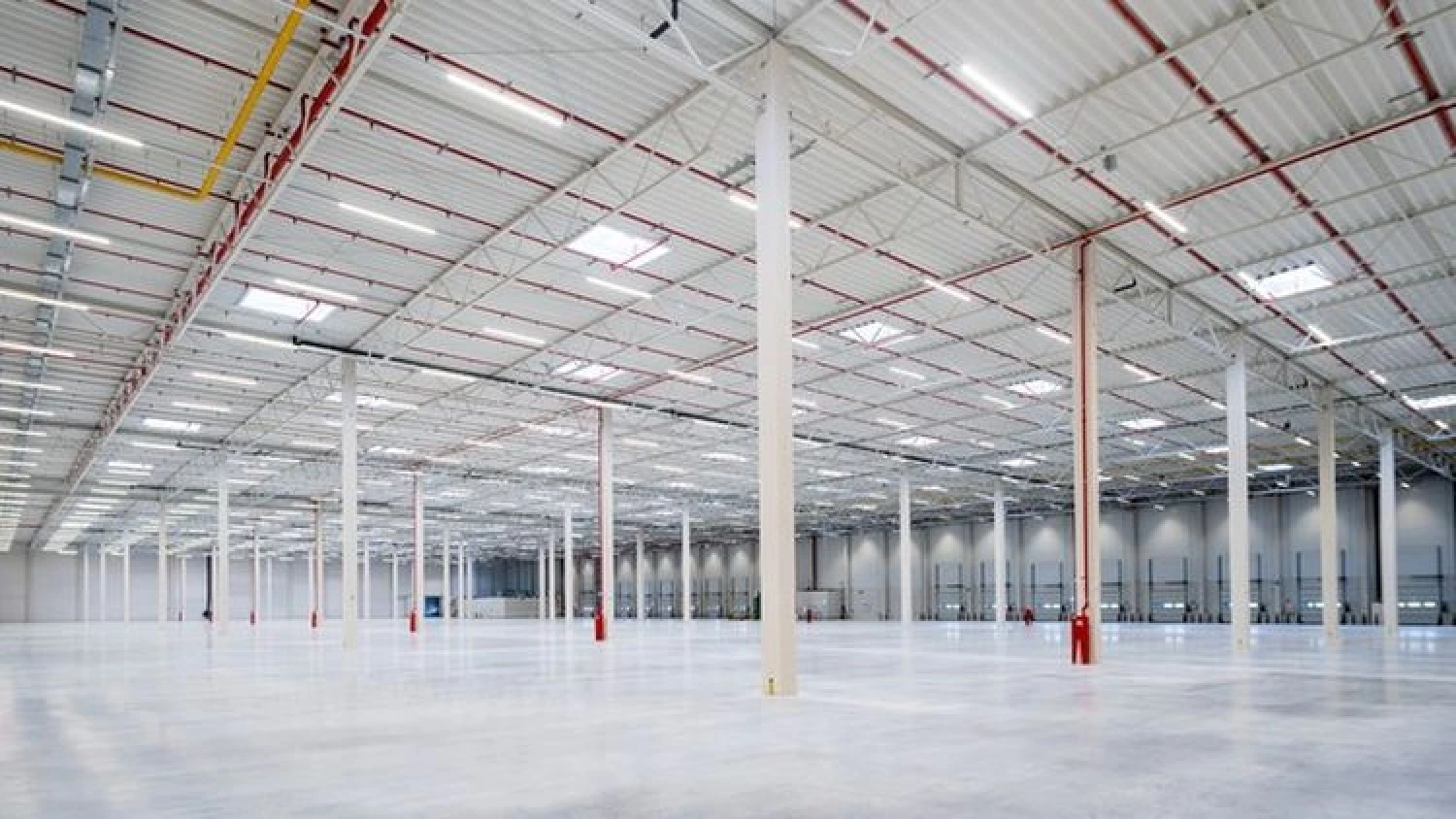
Building warehouses at post-industrial sites is more difficult and complicated than greenfield projects. It takes more time and money. Brownfield sites are, however, an excellent alternative for developers facing a shortage of land. Brownfield redevelopment is also aligned with sustainability and urban renewal, say Jakub Kurek, Head of Industrial and Warehouse, Newmark Polska, and Michał Rafałowicz, Regional Director, Newmark Polska.
Demand for warehouses in well-connected urban areas has been growing annually by 15-20 percent for the last few years. “To ensure the fastest possible delivery to customers, companies need to have several smaller warehouses in well-connected urban locations. This model of operation has been adopted mainly by fast-growing sectors such as e-commerce, FMCG, catering companies with office and home deliveries, and wholesalers distributing automotive parts to car repair garages,” explains Michał Rafałowicz.
Vacant land is scarce
Vacant land in urban areas is increasingly scarce. Available plots are allocated mostly for residential developments, public buildings or placemaking projects. And local governments are increasingly averse to industrial projects within cities. “It is a lot easier to win local authorities and inhabitants for developing a warehouse at a disused post-industrial site which is an eyesore and which local councillors frequently don’t know what to do with or lack funds. And it will be easier for the developer to obtain a building permit in accordance with the existing zoning plan if the site was previously used for industrial purposes,” says Jakub Kurek.
Time and money
According to Statistics Poland, in 2021 there were more than 62,000 hectares of land in need of reclamation. However, warehouse construction is by no means easier at reclaimed sites. “Brownfield sites are valuable and have many advantages – they are usually well-located close to roads and key transport nodes which will benefit tenants in the future on account of easier access to labour there. In addition, most plots have utility connections,” says Michał Rafałowicz, Newmark Polska. “A brownfield development may sometimes also represent a marketing value to a tenant resulting from the history of its place. For example, a former confectionery factory could be used by a tenant from the same industry for communication purposes. However, a developer undertaking a brownfield project must always be aware of potential difficulties ahead.”
Compared to greenfield projects, brownfield works will require the investor to invest more time and money, depending on the location, the previous land use and the type of business. “In the case of brownfield sites, you need to allow extra time for obtaining a demolition permit and knocking down existing buildings. A site audit is always recommended – we need to allow three or four weeks for it plus up to six weeks of waiting for audit findings,” says Jakub Kurek, Newmark Polska. “If any soil contamination is found, it will have to be mapped (around four weeks) and an Environmental Remediation Plan developed (four to six weeks). This should be followed by obtaining a remediation decision from the relevant Regional Directorate for Environmental Protection or an exemption from remediation (two to three months). Remediation itself - in the case of removing contaminated soil - can be carried out concurrently with the earthworks for the new project.”
Developers are not put off by obstacles
Despite potential difficulties, more and more developers are commencing brownfield projects. “This trend has been spearheaded by Panattoni Europe, which has announced that such developments account for up to 45 percent of its European portfolio. An interesting example is its construction of a park at the site of the former grain silo in the centre of Konin,” says Jakub Kurek. “Brownfield projects are also developed by Hillwood, which has delivered buildings in Gliwice and Mysłowice in Upper Silesia. It is currently also constructing a large logistics centre in Rawa Mazowiecka which will offer 130,000 sqm at full build-out. The project is being developed at the site of a meat processing plant that was closed many years ago and the largest office building in the city,” adds the expert. Brownfield projects are also developed by 7R, which has built two warehouses with a combined area of over 60,000 sqm on the 13 hectares of the disused shipyard in Szczecin. Other interesting brownfield projects include the developments in Wołczyńska Street in Poznań by MLP and in Katowice by P3.
Socially responsible business
According to the experts of Newmark Polska, post-industrial reclamation will be a major trend to watch in the warehouse market in the coming years.
“The process of restoring and converting run-down urban areas to new important uses is of huge significance to local communities. Not only will it create new jobs, but will also improve safety by eliminating and revitalizing old buildings and adapting the urban fabric to current needs,” comments Jakub Kurek. “Brownfield projects marry business and socially responsible measures. They deliver meaningful value not only to cities and the natural environment but also to developers. “The land bank of urban plots for warehouse construction is shrinking and their prices remain very high. That’s why brownfield projects are becoming profitable for developers despite the additional spending required for site preparation. It is an important aspect also in the context of ESG because warehouses built at reclaimed sites will be awarded additional points for the use and reclamation of an area during the green certification process,” concludes the expert from Newmark Polska.



